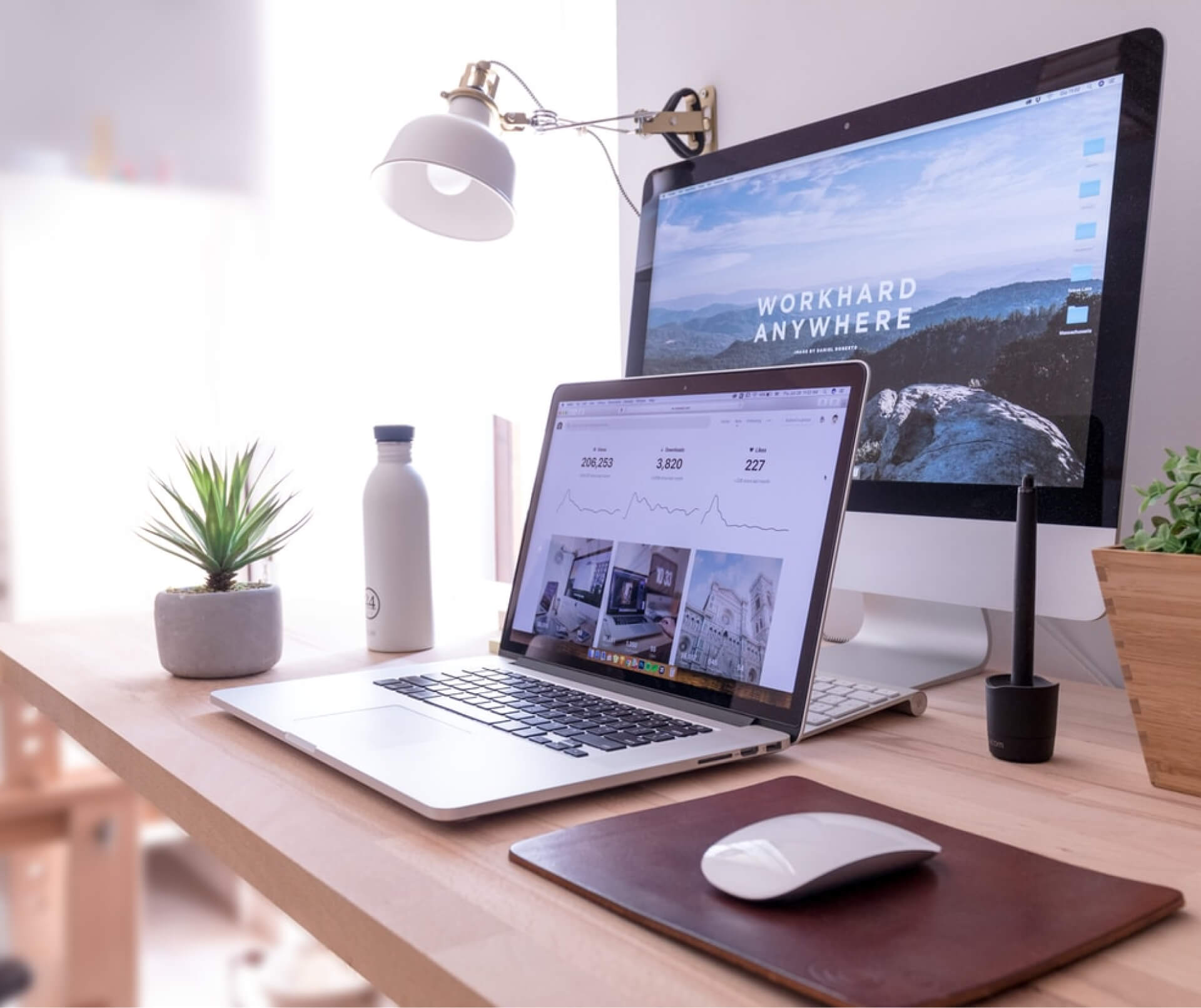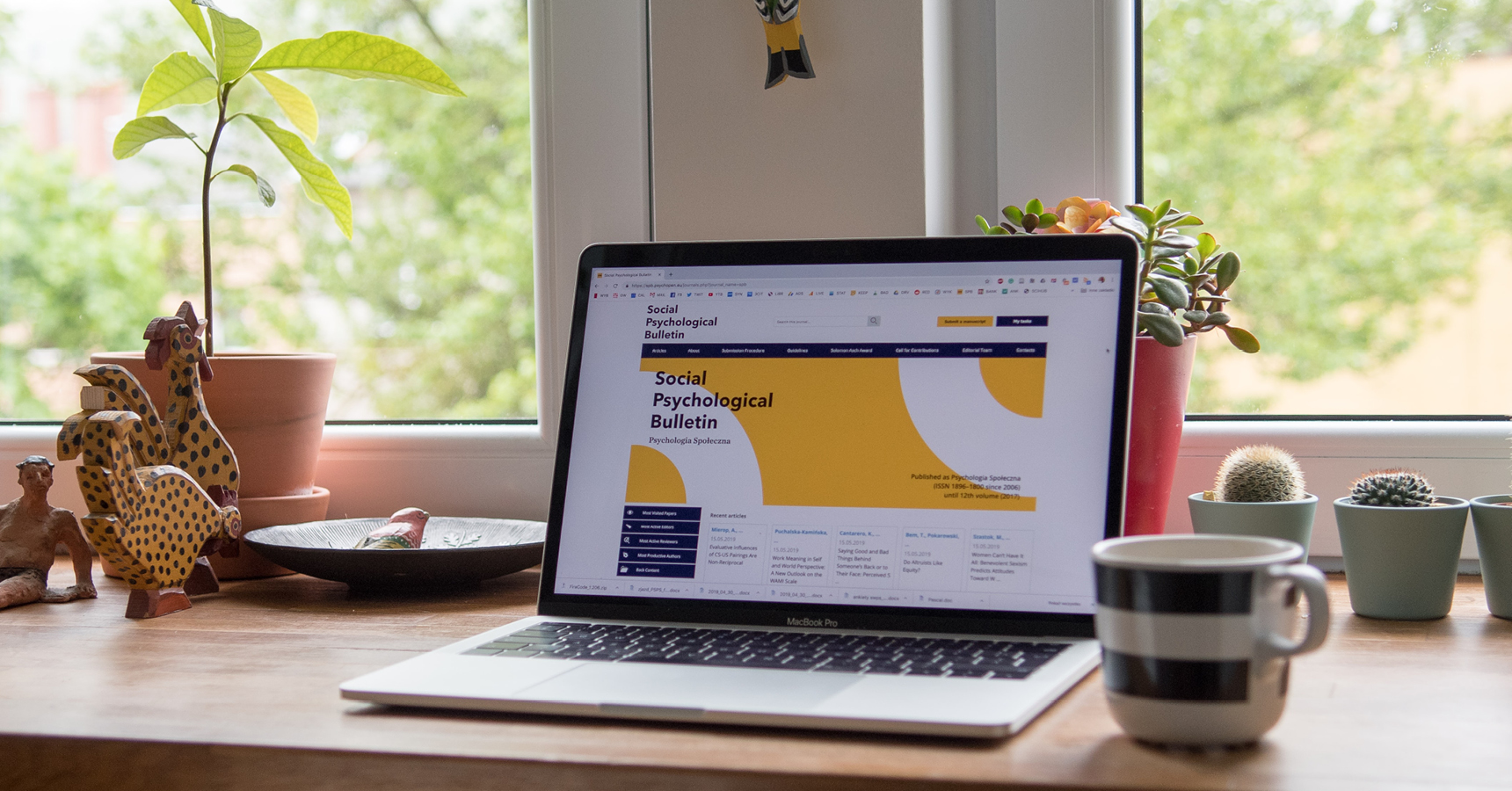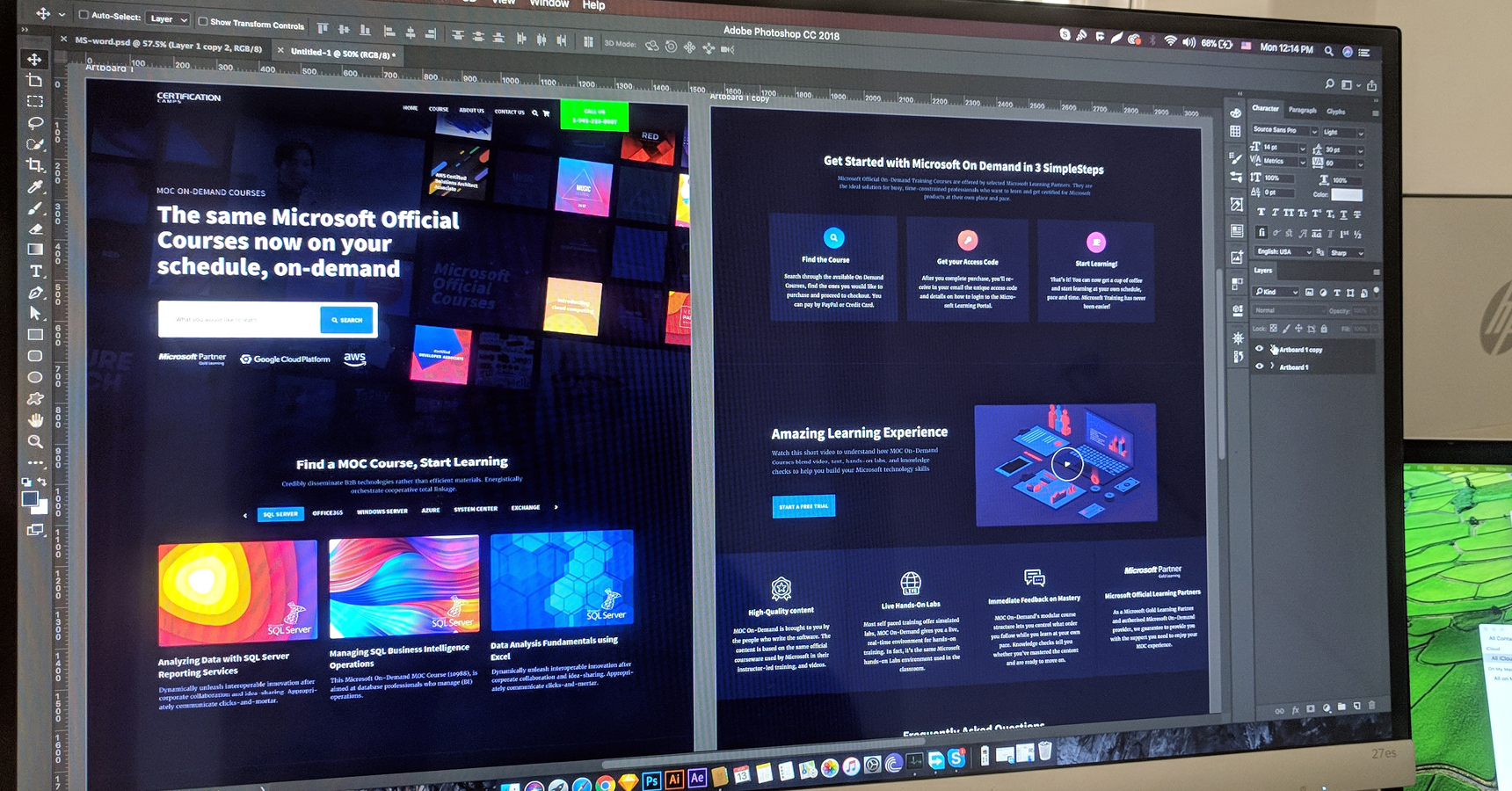

Nearly one in five people in the work, Live with a disability.
Website accessibility focuses on making their experiences more accessible in a variety of ways,
With an emphasis on diversifying your content's /usability you can help many customers interact and understand your brand in a better more meaningful way.
Imagine a situation where you can’t use a conventional point-to-interact device like a mouse; a situation where, in order to get to a desired interactive element, you have to traverse the ones the come before it on the web page.
This can give you the insight of someone with limited hand movements and the difficulty they might have searching through your content.
A solution for this is to place important content and hyperlink portals at the top of the webpage for ease of access. This has become an industry standard and many able bodied visitors also expect this when they enter your page.

Heading tags allow screen reader users to jump to the sections they’re interested in. Headings on a web page is an outline of the web page; using an '<h2>'right after an '<h1>'element denotes a section that is a subsection of the preceding '<h1>'. Many of us neglect headings, including me.
In every single instance where I’ve misused heading elements however, I couldn’t find a reasonable explanation for doing so, and neither will you. This simple web accessibility guideline can do wonders for people with vision deficiencies that use screen-reading technology. Breaking up a long web page into logical subsections with headings makes it easier to get to your location of interest.

Think of title attributes as short summaries that describe where the hyperlink will take the user who clicks on it. It doesn’t help if the title attribute is the same as the link text, For screen reader users this has no added value making them redundant and confusing potentially
The most common form of colour deficiency, red-green colour deficiency, affects approximately 8% of the population. Using ONLY colours such as these (especially to indicate required fields in a form) will prevent these individuals from understanding your message.
Other groups of people with disabilities, particularly users with learning disabilities, benefit greatly from colour when used to distinguish and organise your content.
To satisfy both groups, use colour, but also be sure to use other visual indicators, such as an asterisk or question mark. Be sure to also distinguish blocks of content from one another using visual separation (such as whitespace or borders).
I fear not the man who has practiced 10,000 kicks once, but I fear the man who has practiced one kick 10,000 times.
Landing on Alex Dram’s UX/UI portfolio homepage, you're greeted with a minimalist array of purple triangles and a few words about who Alex is as a designer. But with just a tiny movement down the screen, these shapes pull into an arrow-like configuration, headed straight into the planetary-like landscape that unfolds before it. Alex’s use of parallax scrolling brings someone along the journey that is the galaxy of his work.
This three-dimensional sleight of hand happens through parallax, while the visual move at different speeds. We love seeing parallax used for artful purposes, and this does so much in giving this website a unique spacey atmosphere.

